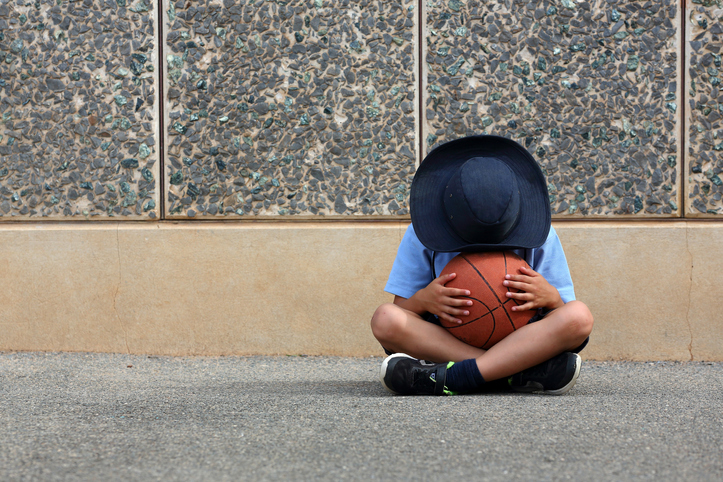The school holidays may be a time of rest, relaxation and zero assignments, but for some kids it’s a time of nervous anticipation for the coming school year.
They may already be worried about their new teacher, what friends will be in their class, or about the academic challenges are ahead.
Anxiety about going back to school is very common, and more prevalent in primary aged students, particularly the younger ones. Since the COVID pandemic, it has been observed in older primary school students too.
Whatever is worrying them, evidence suggests that caregivers should address it before the new school year begins.

What are the signs?
While each child may respond differently to anxiety, common signs include being more clingy than usual, asking the same questions about the new teacher and class, being withdrawn, fidgeting or nail biting, changes in sleeping habits and increased emotional sensitivity.
They may even change their eating habits, have trouble falling asleep, or have major and unexpected emotional outbursts.
Common causes
- Fear of the unknown – a fear of the unknown can challenge a child’s sense of belonging. Research shows a child’s sense of belonging plays an important role in emotional wellbeing, self-esteem and self-worth and engagement in learning.
- New routines – adapting to a new teacher’s rules, routines, expectations, and teaching style can be unsettling for some students. Routine contributes to a sense of belonging in the classroom, so anxiety on this can settle after a few weeks.
- Change of friendship groups – there may be some worry about making new friends and establishing new friendship groups, particularly for older primary students, as this is the age where they begin to develop a fear of social rejection.
- Academic pressure – students may be worried about changes in academic expectations:
- From kindy to prep (more formal learning)
- From year 3-4 (upper primary requires more independence in learning)
- Year 6-7 (transitioning from primary school to high school)
- Parent stress – students will sense a parent’s stress which may, in turn, heighten the student’s stress levels.
- Prior negative experiences – a student’s past negative experiences or memories of school may be heightened if the student is anxious about transitioning to a new year level.
So how do we support their transition?
There is no one approach to help children transition to their new school class.
New experiences can also bring up some uncomfortable feelings, so it’s important we don’t try to drown out their concerns with positivity.
- Open communication is crucial. If your child’s level of worry is a concern before school starts, notify the teacher. Make sure you listen to child’s concerns and validate how they are feeling.
- Prepare for the new school year together. Choose new school items together and, if this makes them feel anxious, speak about your experiences of worry when starting anything new. For younger ones, you could place notes in their lunchbox, and for older children you could include a treat.
- Every child deals with stress/worry differently. Before the start of the school year, establish their safe space at home or allow them to have extended time doing something they enjoy.
Transitioning to a new school year can be challenging for some primary school students for a variety of reasons.
For most home is their safe space and, if not, establish a place that is, so they can work through their feelings in a supportive environment that validates what they are feeling.
Media enquiries: Please contact the Media Team media@usc.edu.au

